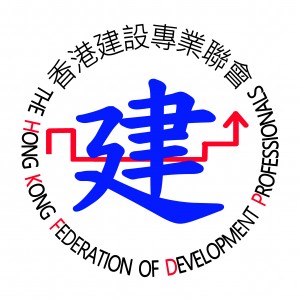I would like to introduce STEPHEN S. ROACH's essay, he is a faculty member at Yale University and the former Chairman of Morgan Stanley Asia,as follows :
Just as China led the world in economic recovery in the aftermath of the global financial crisis of 2008, it is playing a similar role today. Its post-COVID rebound is gathering momentum amid a developed world that remains on shaky ground. Unfortunately, this is a bitter pill for many to swallow – especially in the United States, where demonization of China has reached epic proportions.
The two crises are, of course, different.... But in both cases, China’s crisis-response strategy was far more effective than that deployed by the US. In the five years following the onset of the 2008 crisis, annual real GDP growth in China averaged 8.6% (on a purchasing power parity basis)... , it was four times the US economy’s anemic 2.1% average annual growth over the post-crisis 2010-14 period.
China’s pandemic response hints at a comparable outcome in the years ahead. The GDP report for the third quarter of 2020 suggests a rapid return to the pre-COVID trend. The 4.9% year-on-year figure for real GDP growth does not convey a full sense of the self-sustaining recovery that is now emerging in China. Measuring economic growth on a sequential quarterly basis and converting those comparisons to annual rates – the preferred construct of US statisticians and policymakers – provides a much cleaner sense of real-time shifts in the underlying momentum of any economy. On that basis, China’s real GDP rose at an 11% sequential annual rate in the third quarter, following a 55% post-lockdown surge in the second quarter.
The comparison with the US is noteworthy. Both economies experienced comparable contractions during their respective lockdowns, which came one quarter later for the US. China’s 33.8% sequential (annualized) plunge in the first quarter was almost identical to the 31.2% US contraction in the second quarter...,the US at around 35% is a welcome and marked turnaround from the record decline during the lockdown, it is about 20 percentage points short of China’s post-lockdown rebound...
Post-lockdown rebounds are not the real story,..., The true test comes after the snapback, and that’s where China’s strategy has its greatest advantage.
China’s response to COVID-19 borrowed a page from its playbook in 2008, when it ring-fenced its financial markets from the toxic fallout of the subprime crisis....., containing and mitigating the spread of the disease, and then – and only then – make judicious use of monetary and fiscal policy to reinforce the post-lockdown snapback. This is very different from the approach taken in the US, where the post-lockdown debate is more about using monetary and fiscal policies as front-line instruments of economic liberation, rather than relying on disciplined public-health measures aimed at virus containment.
This underscores the sharp contrast between China’s COVID-first strategy and the America-first approach of US President Donald Trump’s administration. In China, unlike the US, there is no political and public resistance to masks, social distancing, and aggressive testing as requisite norms of the COVID-19 era. Meanwhile, the US is in the midst of its third serious wave of infection while China continues to exercise prompt and effective control over new outbreaks.....
unemployment insurance claims remained above 800,000 on a four-week moving average through mid-October, and the 7.9% national unemployment rate in September was still more than double its pre-pandemic 3.5% level – leaves America’s consumer-led economy highly vulnerable to a setback. The confluence of a new COVID-19 wave with the on-again, off-again political debate over another fiscal relief package has effectively neutralized the animal spirits that have long powered economic recovery in the US.
... For those unwilling to focus on containment, like the US, the long shadow of COVID-19 speaks volumes to the ever-present perils of a double-dip recession. That is exactly what has happened in the aftermath of eight of the last 11 US recessions. The contrast with China’s self-sustaining recovery couldn’t be more striking.
What the professor stated is frank and valid. Life is sometimes compared to a doyage. Life, if exists, of a country, may do the same.
S. L. Lee Engineer
HKFDP
香港建設專業聯會
** 博客文章文責自負,不代表本公司立場 **



